Oil-based ink and UV ink for printing film and printing foil
In the past, inks with mineral oil-based binders were mainly used for printing on plastic film. In the past few years, as printers, processors and end customers have been calling for better-performing systems, it has been concluded that UV technology is the best alternative to oil-based inks. This article details the status and innovation of these two ink systems from the viewpoint of ink manufacturer Siegwerk.
The special requirements for printing on membranes and foils. Synthetic substrates, such as plastic membranes and other non-absorbent printing substrates, are appearing more and more frequently in the printing field, especially in the offset printing field. The challenges of finding a suitable offset ink system for these applications include
* Good printability,
* Improved operating characteristics suitable for use on faster and faster printing machines,
* Firm adhesion and scratch resistance on non-absorbent substrates.
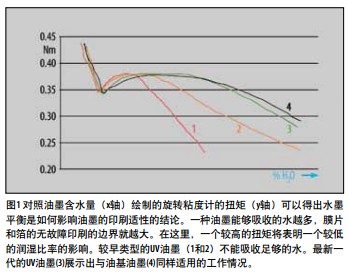
Compared to most paper and cardboard substrates, the surface structure of a typical plastic film does not allow the ink to solidify. It is impossible to penetrate the substrate to support the drying and adhesion of the ink. In addition, the presence of fountain solution in oil-based offset inks usually weakens the drying process. Therefore, a good water-ink balance is a key factor affecting the drying process. Special oil-based inks have been developed for synthetic substrates to meet the special technical requirements for the quality of printed products. However, when using oil-based inks, it is still extremely difficult to achieve a good compromise between fast drying, safe stacking of paper, adhesion and scratch resistance (see Table 1).
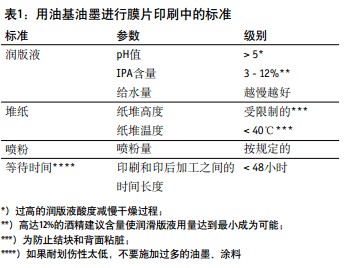
The advantages of UV curing technology should be used here, which includes
* Immediate hardening of the ink layer,
* The amount of fountain solution is small, and * It can be quickly prepared for subsequent processing.
Development of improved radiation-cured printing inks
When UV ink systems were first introduced into the printing industry, they were criticized for their printing habits and adhesion problems in offset presses. These problematic properties have been successfully overcome by new raw materials and innovative ink formulations.
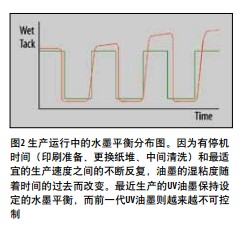
Printability of UV ink
In non-absorbent substrates such as plastic membranes, the fountain solution cannot penetrate into the surface. The first generation of UV inks tended to accumulate on ink rollers, printing plates, and / or blankets because they absorbed too much dampening fluid and therefore caused a loss of viscosity. Here, the optimized water-ink balance improves printability. Subsequent generations of inks optimized the absorption and release of fountain solution, showing a much wider boundary between overwetting and underwetting. In the years to date, alcohol-free printing has been increasing. However, especially in the field of film and foil printing, the use of isopropyl alcohol has proved to be a better choice, and the reduction of the surface tension of the fountain solution is conducive to optimal printing and good water-ink balance. Depending on the configuration of the printing press, printing plates, etc., alcohol substitutes can be used instead of IPA (isopropyl alcohol).
UV ink adhesion
In the past, UV inks have shown limited adhesion to films and foils, but these problems have been successfully overcome by newly developed special ingredients and optimized ink formulations.
However, a basic condition is that substrates such as PVC must not contain any plasticizers, static elimination agents and other substances that may reduce adhesion.
The recommended surface tension for PVC is 35 mN / m. For substrates made with ABS, PP, PET, PE and PS, having a surface tension of more than 40 mN / m will be critical. These substrates should also be free of problematic additives, such as static eliminators, because their separation effect may prevent uniform ink adhesion. The correct surface tension of the synthetic substrate will depend on the formulation of the material and thus on the manufacturer of the substrate. Manufacturers sometimes use so-called corona discharge technology to electrically treat the membrane surface. When the substrate is stored for a long time, the surface tension may drop, so the corona pretreatment must be performed directly on the web or sheet-fed printing press again. If you use a substrate that has not been pretreated for economic reasons, it is recommended to also use this option.
In addition, the molecular structure of the cured ink layer has an effect on adhesion properties, flexibility, and scratch resistance.
Flexibility of UV curing layer
UV inks and coatings usually shrink easily during the curing process. The thicker the ink layer, especially the UV coating layer, the greater the volume of shrinkage. One result is reduced adhesion.
Especially in the horizontal cutting test, the adhesive force of the tape can exceed the adhesion of the ink / coating and the printing substrate, so that the ink-coating layer and the substrate are separated. The quality of adhesion also depends to a large extent on the use of highly flexible ink / paint / linker systems that reduce shrinkage.
UV ink curing
Different curing properties can also affect the adhesion of the ink / coating layer. If the ink is not fully cured, adhesion may be reduced due to insufficient crosslinking of the ink / coating layer. In rare cases, over-cured ink / coating layers may become brittle due to excessive shrinkage, which can lead to reduced flexibility and adhesion.
The versatility of UV inks
In the early days of UV technology, it was rarely possible to use inks specially formulated for film and foil printing at the same time for paper and cardboard printing, because the viscosity of this oligomer was adjusted too high to ensure adhesion. Today, the optimized quality of UV film printing inks makes it possible to use them on paper-based substrates in many cases.
Requirements for UV systems in film printing
The film formation quality of UV inks can be significantly improved by using doping lamps and placing them in a nitrogen atmosphere (inert UV). The so-called cold UV system reduces the amount of heat emitted and lowers the stack temperature, thereby preventing the dimensional changes of the diaphragm and foil; however, it also slows down the polymerization of UV inks and coatings. If cross-linking of molecules occurs in nitrogen, the polymerization will be accelerated, allowing for increased printing speed. It is essential that the adhesion of ink and paint is tested in all jobs. Unlike scratch resistance, there is usually no improvement in adhesion after 12 hours from printing.
The nature of sensation and molecular migration
The printed film is used for packaging, shrink film, cosmetic packaging, labels, and many other uses. Some of these applications have special technical requirements for UV inks and coatings, such as
* Smell is small,
* No effect on the taste of the packaged food,
* No migration to packaged food.

In the context of increasing customer requirements, legislation and better analysis, ink manufacturers must meet new requirements every day. The quality of the ink is formed by special materials that minimize the effects of organ sensation, such as stimulation of sensitive nerve endings such as the olfactory and taste nerves in the mucous membrane, while reducing molecular migration. The optimized photoinitiator system, the use of high molecular weight ultrapure monomers and oligomers, and the modification of formulations have achieved very low migration, thereby helping to meet new requirements.
With all the high-purity materials and sophisticated manufacturing technology, users should still check and adjust the ink supplier ’s recommendations in the technical environment of the printing workshop (printing machine, UV system, printing speed, etc.) that meets the legal requirements quality. In addition to inks and coatings, organ sensory and migration data is affected by many other parameters besides the ink manufacturer. In particular, the applicable cleaning agents and dampening additives should be checked. After UV curing, the printed substrate may also generate an inherent odor. Careful handling and storage of printed jobs is another important factor. If you have any questions or when completing special jobs, especially in the sensitive field of food packaging, we suggest that you contact the representative of the local ink and paint manufacturer to obtain the best technical support and advice.
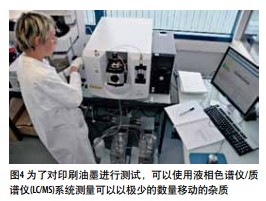
Summary
Printing on substrates with impermeable surfaces—from plastic membranes to metalized substrates or even metal plates—in increasing demand requires ink manufacturers to continuously develop their products. The ever-increasing speed of the printing press and the resulting shorter drying time pose special challenges to people.
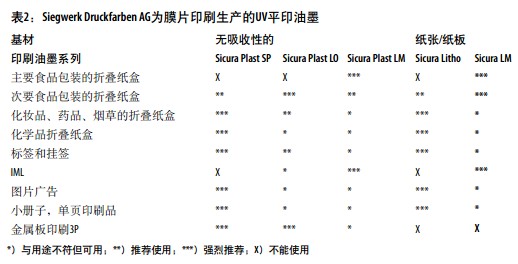
Since oil-based systems do not shrink, they continue to be used for special purposes. However, the continuous improvement of UV technology in ink formulation and manufacturing (especially in terms of organ sensory quality), the control of pre-press part tone values, and the physical properties of radiation equipment will continue to occupy a continuous role in the printing industry Growing position.
Wire backed silt fence (WBSF) is constructed with a three or four feet high wire scrim, covered with a woven poly propylene filter fabric. The galvanized steel scrim supports the fabric in an upright position even under substantial loads of silt and water. A fabric apron extending beyond the wire is also available.
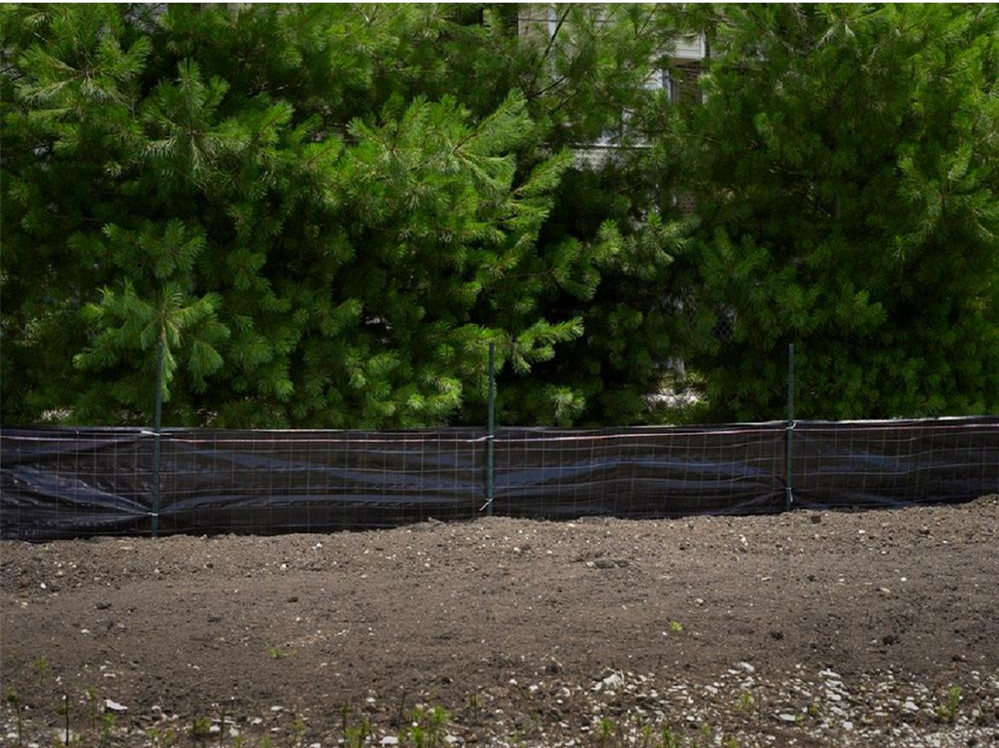
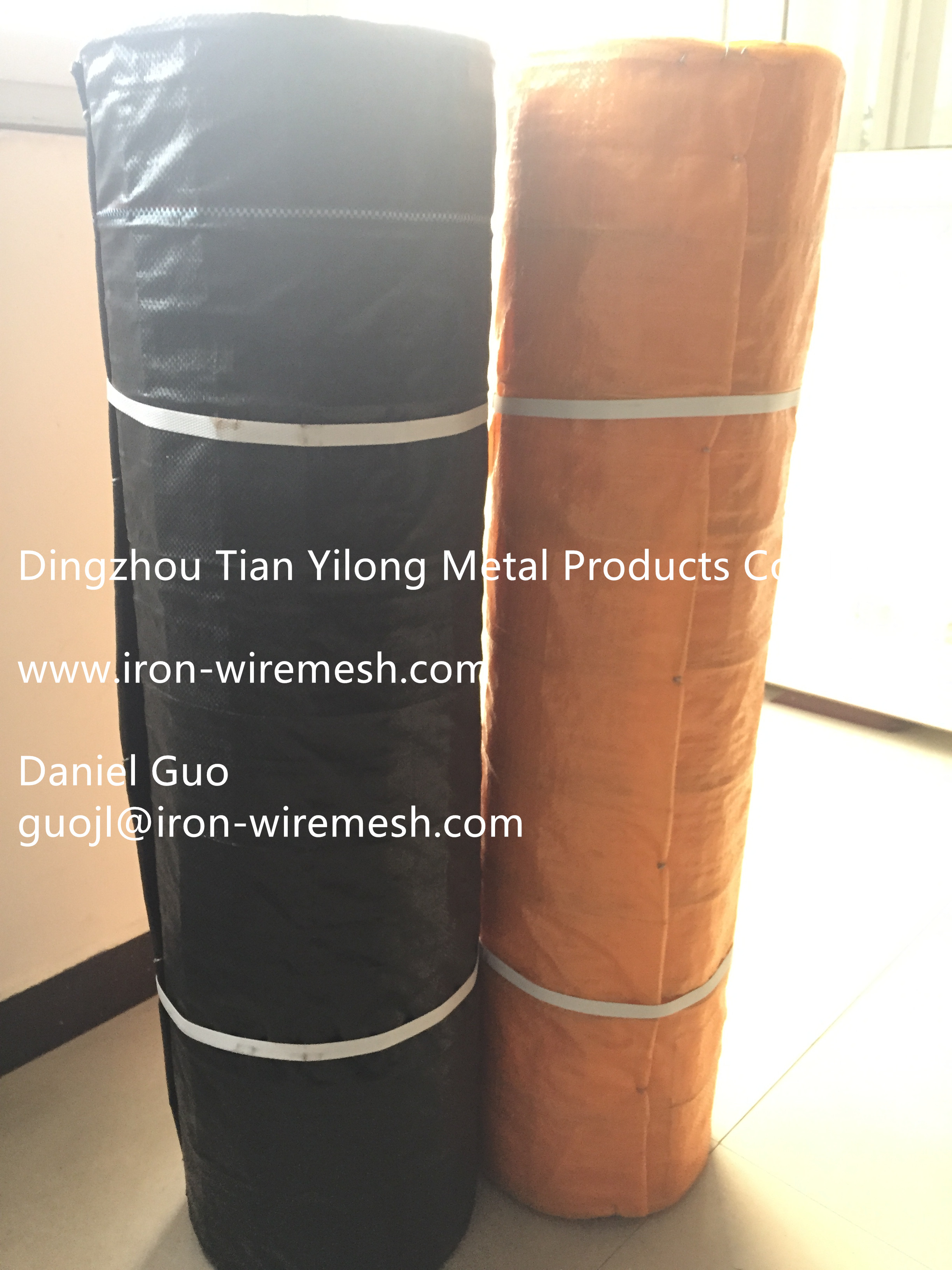
Features & Uses
ŸMaterials: Galvanized Welded Wire Mesh with fabric 100%PP
ŸColor: Black, Orange
Uses: Erosion control, Silt control at construction sites, Required in some jurisdictions
Benefits
A more robust silt fence
ŸUV resistance
ŸCan hold more silt before it needs to be cleaned
ŸCan double as a safety fence around a job site
ŸEasily attached to existing wire site fences
Specification
|
Wire mesh
|
Fabric
|
||||
|
Heght
|
Length
|
Opening
|
Wire (AWG)
|
Height
|
Weight
|
|
36'' 24'' |
100'
|
4'' x 4'' 4'' x 2'' |
12 Gauge 14 Gauge |
48'' 36'' |
50 gsm 70 gsm 90 gsm 100 gsm |
Wire Mesh Silt Fence,Wire Backed Silt Fence,Woven Wire Fence
DINGZHOU TIAN YILONG METAL PRODUCTS CO., LTD. , https://www.wiremeshsolution.com